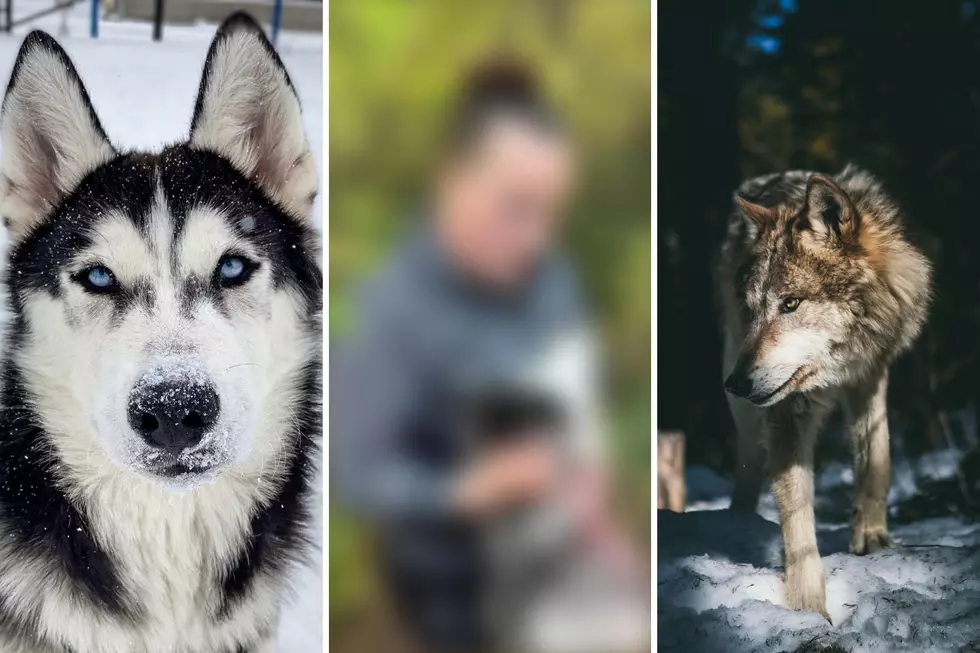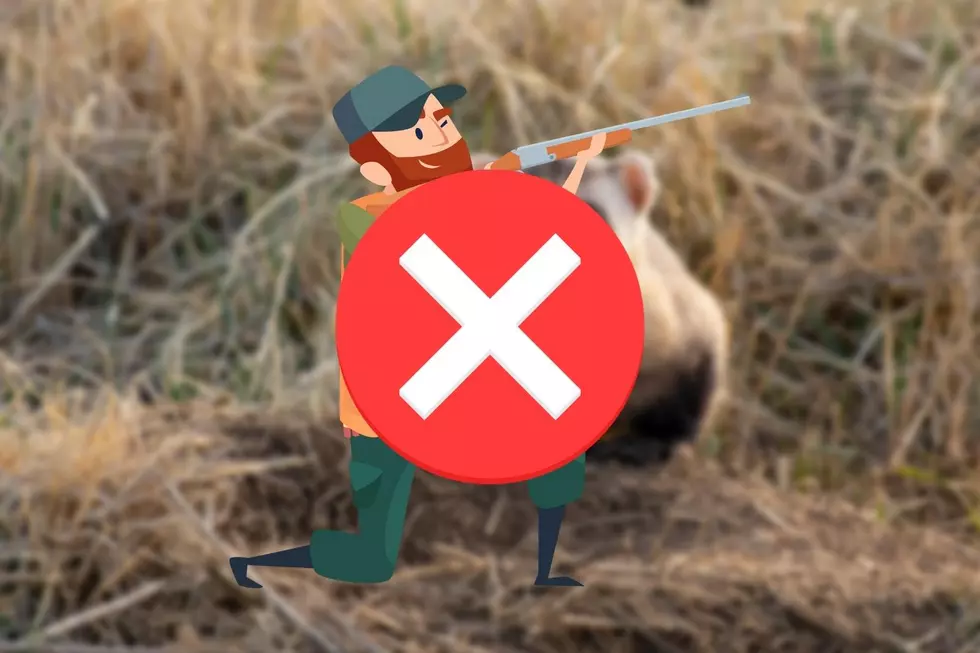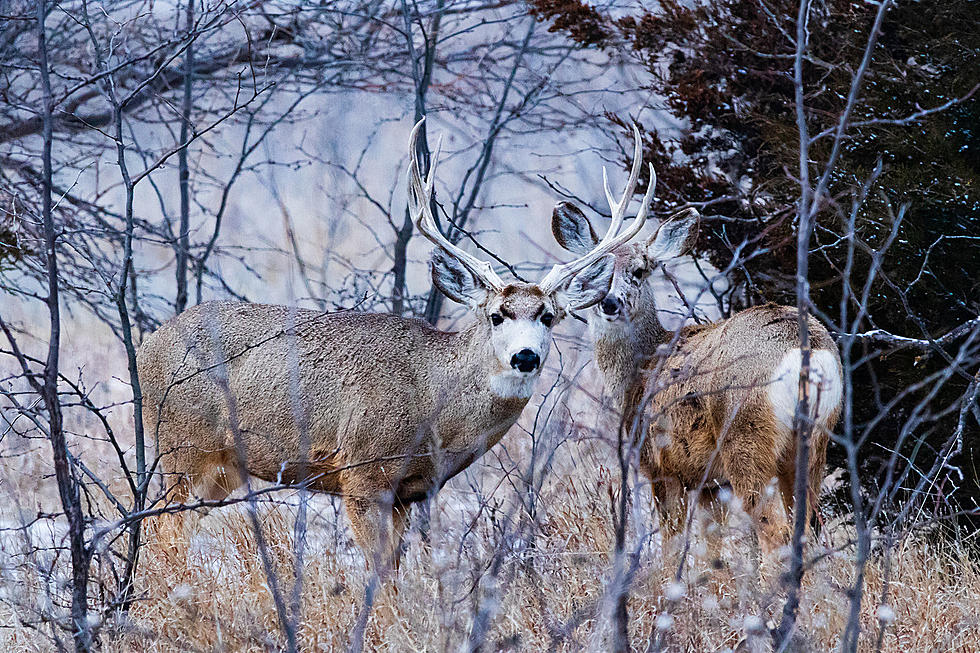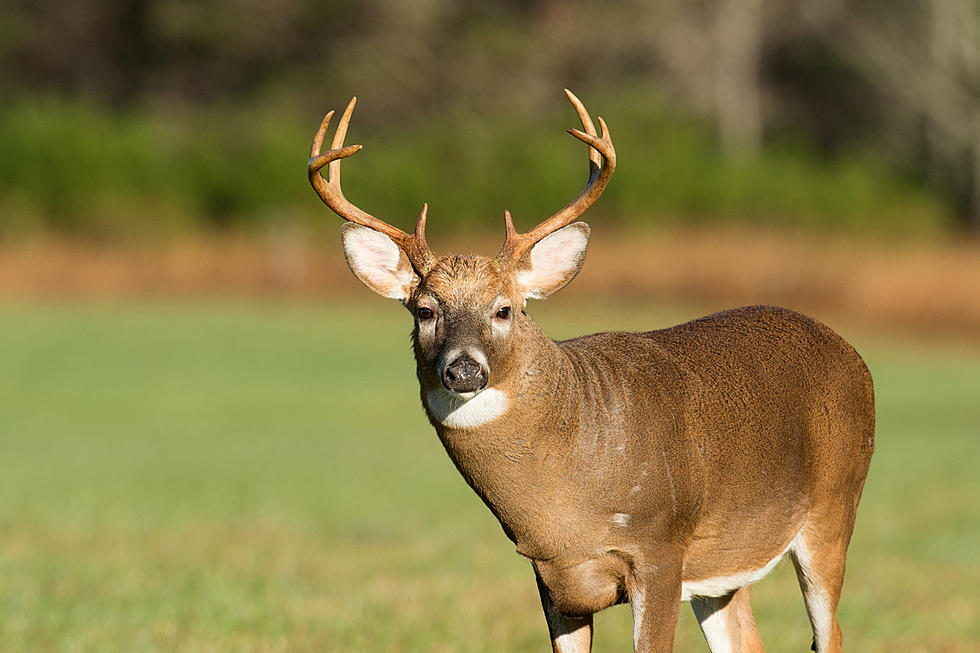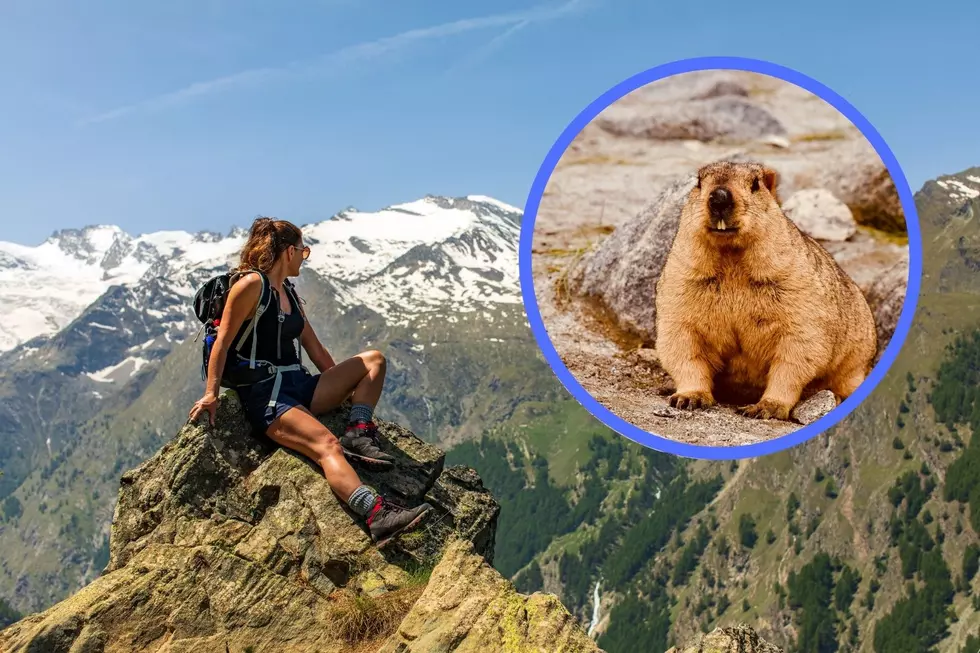
Devastating Disease Sampled in Montana Deer
Chronic Wasting Disease (CWD) is being found in some areas of Montana, and Montana Fish, Wildlife and Parks has been processing quite a few samples this year. And, they're processing those samples as a faster pace.
In a news release, officials said they are able to get the samples tested in the state, instead of sending them to facilities out-of-state. The average time to get a result is seven days. The work is being done at the Montana Department of Livestock's Veterinary Diagnostic Lab in Bozeman. And the sample number has easily eclipsed the previous year's total.
So far, from July to the middle of November, 3,147 CWD samples were collected. Of that number, 1,613 samples were from the northwestern, northcentral, southwestern and southcentral priority surveillance areas. Though CWD is not known to infect humans, the Centers for Disease Control recommends that people not eat meat from infected animals and encourages hunters to have their harvested animals tested, if taken from an area where CWD has been found.
And what are the results so far? FWP reports 47 white-tailed deer and 16 mule deer tested positive or were suspect for CWD. No elk samples showed CWD. CWD is a contagious neurological disease that infects deer, elk, moose and caribou.

In the release, FWP director Hank Worsech said, "Hunters expect quick results when they get their animals tested for CWD and the Department of Livestock has provided that. We're grateful to have this in-state capacity for testing." You can find out more information at the FWP website.
And CWD continues to spread. Chronic Wasting disease now has been found in neighboring Idaho. the Associated Press reported two deer in north-central Idaho tested positive for CWD. The two mule deer were killed near Lucille, Idaho, and the hunters submitted the lymph nodes for testing. CWD is now in 25 states in the U.S.
LOOK: Stunning animal photos from around the world
Why do cats have whiskers? Why do they meow? Why do they nap so much? And answers to 47 other kitty questions:
More From Mix 97.1

